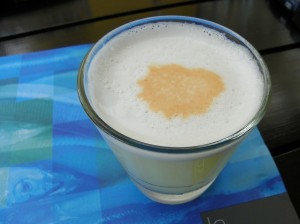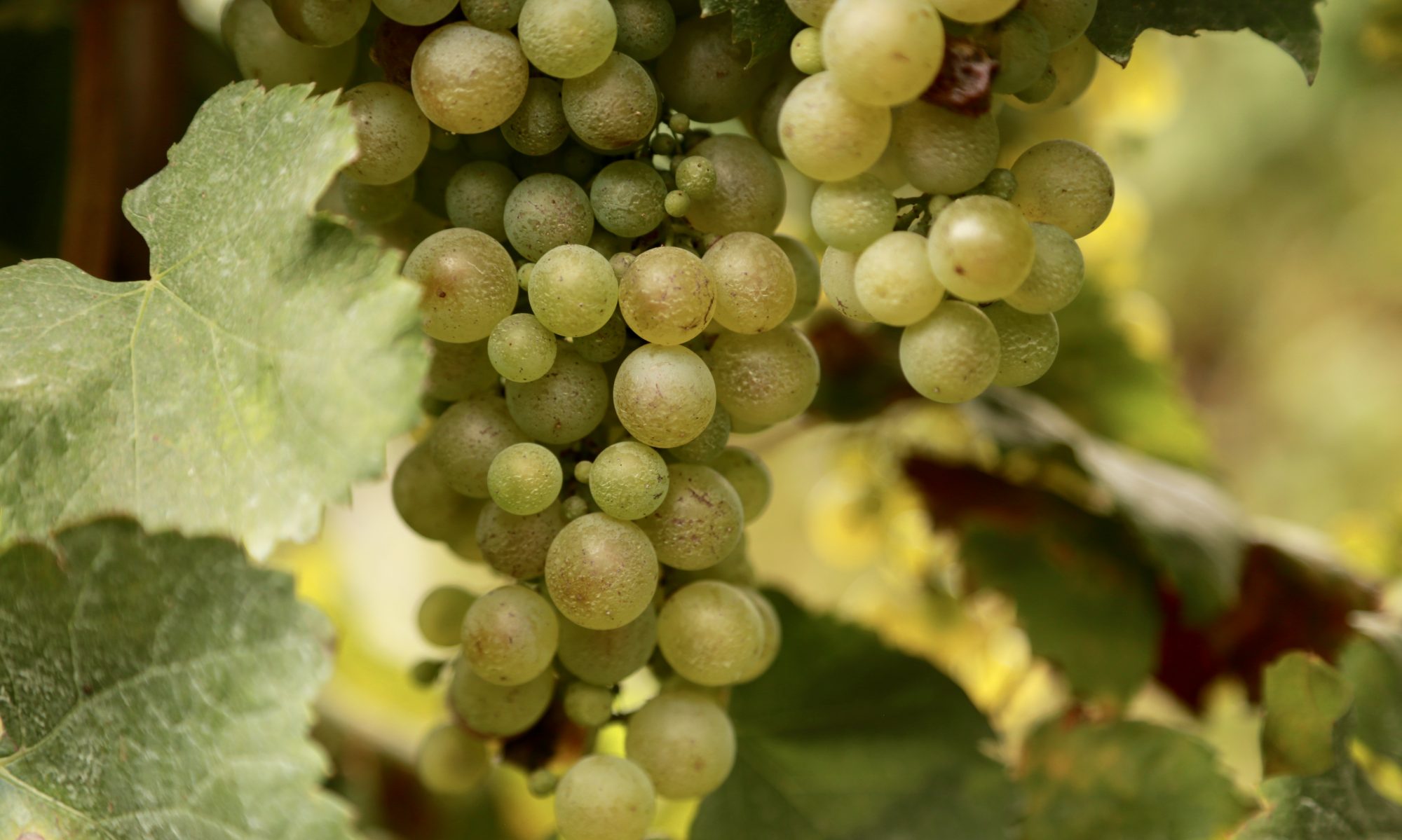Click here for an update of this post.
Ten things to know before you go to Chile
1. Passport. Here’s the link to the U.S. government page.
2. As always, pack as lightly as possible. If you can get everything into a carry-on and shoulder bag, do. Think black knit and roll everything up, stuffing underwear into shoes and then putting shoes in a bag to keep everything nice. Note: the official sizes of carry-ons seems to be shrinking. My 21-incher did not make the cut on international flights. Of course there were the usual boors who somehow managed to haul on enormous suitcases, braining people on either side of the aisles as they waddled along. But you don’t want to be one of them. Weather conditions vary. Think layers. Traveling in the Chilean spring, I was glad of my packable rain coat which kept out cool, coastal breezes. Long-sleeved T-shirts with a zip jacket and Capri pants/modest skirts were the right compromise for cool mornings and warm afternoons. Leggings or tights under the skirt worked for night. California casual chic worked fine, although I did notice the business people of Santiago were sharp dressers.
3. If you are bringing electrical devices, be aware that the current in Chile is different from the U.S., 220v/50h vs 110v/60h, and the plugs are shaped differently, too. So you will need both an adaptor for the plug, small and cheap, and a larger device to moderate the current, bigger and less cheap. My solution was to count on finding hair dryers in the relatively upscale hotels I stayed in, which there were, and to take only my iPad, which can run on either current, and adaptors I got from the Apple store, no doubt at a wildly inflated price. It turns out I could have just borrowed adaptors at the hotel. Also, a note to smart phone users. Unless you have/buy some type of international plan, it is very important to turn off roaming capability if you do not want to get stung with fantastically expensive bills. Just to be on the safe side, I kept my phone off except for times when I was in an area with free wifi (wee-fee in Chile, fyi), in which case I turned that on but turned off all the update, “push data” settings so my phone wouldn’t run up a tab getting the latest tweak of Fruit Ninja.
4. The flight to Chile from the United States is long. You will thank yourself later if you bring a stout pair of socks to put on, ditching your shoes, and an oversize sweatshirt/hoodie to cozy up in. If you are of the feminine persuasion I recommend wearing underpinnings that are short on style, long on stretch. Put a stretch knit dress or tunic-leggings combo on over that and you’ll still look reasonably smart. (Please note: Just because you could just wear sweats doesn’t meant you should.)
5. First thing you do when you get off the plane in Santiago, which is where you’ll most likely land, is pay the reciprocity tax. This is equal to what Chileans have to pay to visit the U.S. and as of October 2010 was $140. It’s good for the life of your passport. They take credit cards. The lines can be a bit free-form; be alert for swiftly moving queues.
6. Visa: this is required; flight attendants will give you a form to fill out on the plane _ no big deal. BUT, the other form you have to complete, attesting to the fact that you are not bringing in plant or animal goods is a big deal. The list of forbidden items is long and comprehensive. Lots of things count, including those chocolate covered peanuts you forgot you had stuck in the pocket of your carry-on. The fine is substantial if you get caught. Best bet is to mark “yes” if you have any doubts at all and then describe the items in question to the customs officials.
7. Which brings us to language. A lot of the people I met on my recent whirlwind trip of Chile spoke English, some amazingly well. But if you have any high school Spanish that you can brush up in the weeks before your visit do so. For one thing, it may come in handy, if, let’s say, you have to do some chatting at the Aduana (Customs) checkpoint. For another thing, it’s fun to try to communicate in another language. Even if, as I did, you do tell a tableful of people that you are full of “mierda”, (crap, to put it politely) when you meant, “miedo”, fear.
8. Food. Get ready to eat some fantastic seafood. A great place in Santiago is La Mar, Av Nueva Costanera 3922, Vitacura, Santiago. This is actually Peruvian cuisine. The ceviche was super, the congrio, a local fish, was simple and so tasty. La Mar has a few locations around the world, including one in San Francisco, I’m going to have to try that one and see how it compares.
9. Visit. If you are in Santiago, the Mercado Central is worth a visit.
10. The really key thing: Have a pisco sour for me!Salud!
 1. Passport. Here’s the link to the U.S. government page.
1. Passport. Here’s the link to the U.S. government page.







